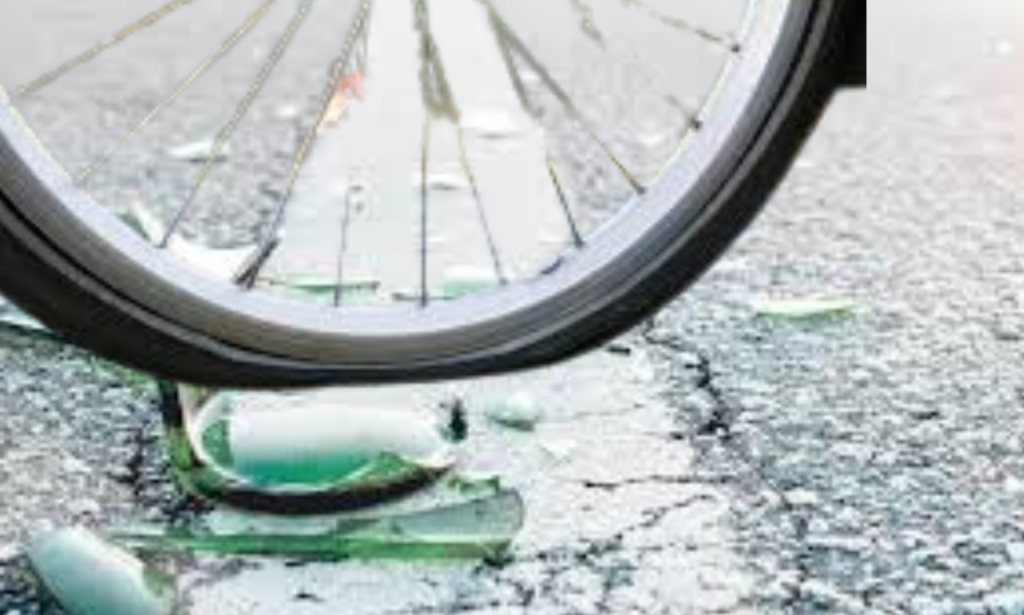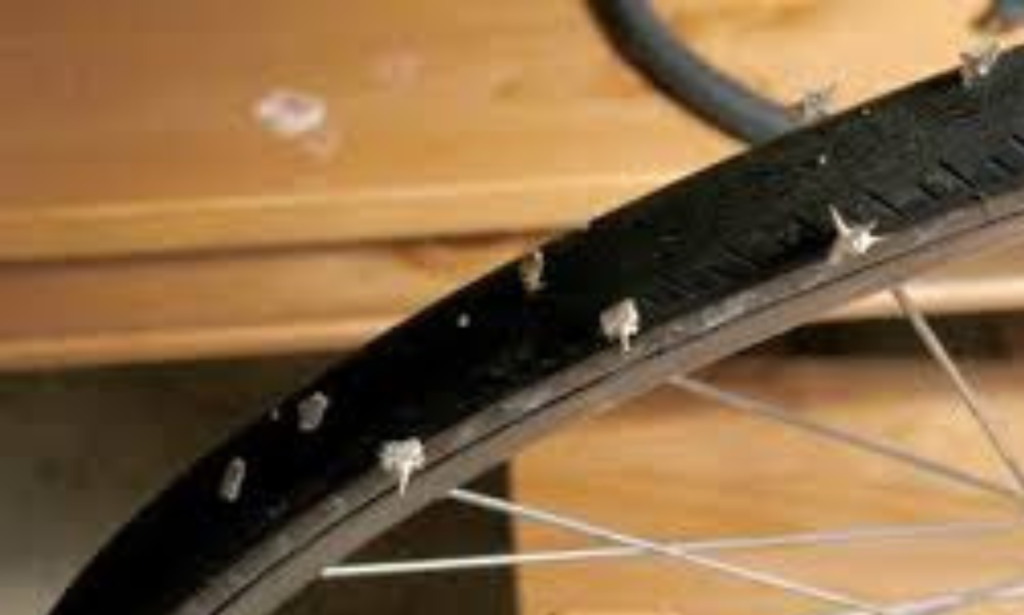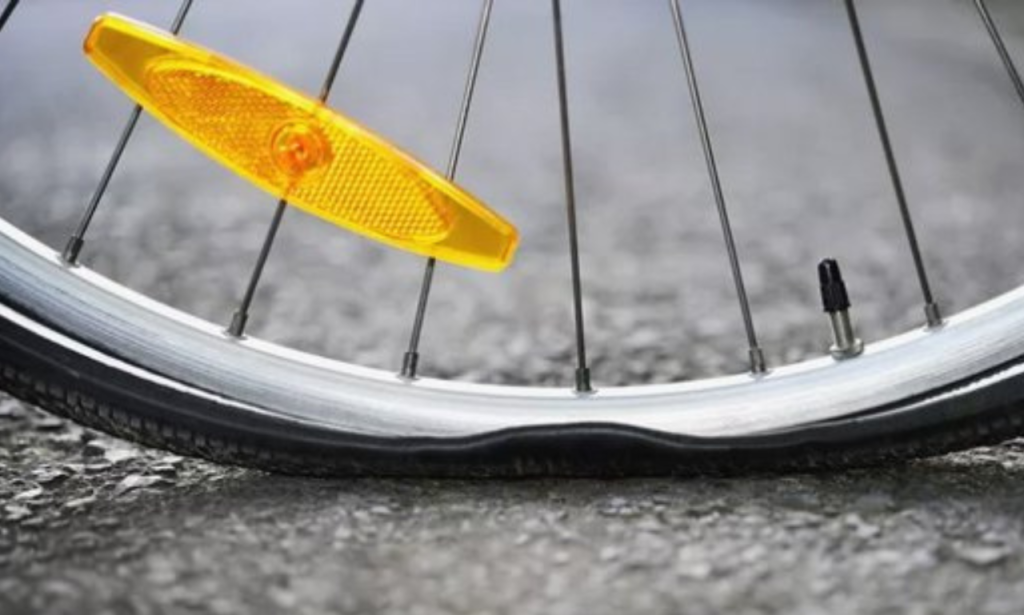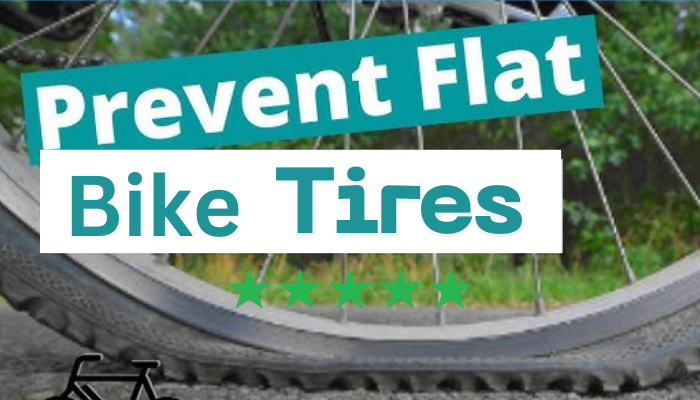Have you ever found yourself stranded on the side of the road, staring at a flat tire and wondering what went wrong? You’re not alone! Every year, millions of drivers face this frustrating situation. But before you grab your toolkit and start changing that tire, let’s solve the mystery of the missing air. Understanding why tires go flat can save you time, money, and headaches in the future.
In this article, we’ll explore the five most common causes of flat tires that can catch anyone off guard. From tiny punctures to poor maintenance habits, these culprits can turn your day upside down in an instant.
GLASS

Driving can be a smooth experience, but flat tires can turn that into a hassle. One common cause of flats is nails or screws on the road. These sharp objects can easily puncture your tire, leading to an unexpected stoppage and the need for repairs. Keep an eye out for debris in construction zones—it’s often where these little culprits are found.
Another frequent flat-causer is glass, which sometimes shatters into tiny shards on the road. You might see these bits glinting in the sunlight, usually found on the shoulder. Not only do they pose a danger to your tires, but they also highlight the importance of keeping our roads clear from litter and broken bottles.
GOATHEADS

These pesky little devils are tough to spot when you’re speeding down a trail, but their spiky shields can puncture tires in an instant. Goatheads thrive in dry areas and can be particularly problematic during warm months when their thorny seed pods scatter across paths and roads.
Another unexpected culprit is sharp debris like glass or metal scraps that often hide among leaves or dirt. These items blend into the surroundings, making them difficult to detect unless you’re paying close attention. Even tiny shards can create serious damage! It’s crucial to regularly check your route for any hidden hazards before hitting the road—keeping your tires in shape.
PINCH FLATS (UNDERINFLATED)

When bike tires aren’t properly inflated, they become more susceptible to impact with objects on the road, causing a loss of air pressure and damage. This often happens when hitting potholes or curbs, where the tire’s sidewall gets pinched against the rim and results in a painful puncture.
Another frequent culprit behind flat tires is the dreaded “snake bite.” This type of flat occurs when a rider hits an obstacle too hard while riding on low air pressure. It creates two small holes in the inner tube that resemble bites from a snake! To avoid these problems, regularly check your tire pressure and keep them adequately inflated for your ride.
BAD SPARE SWAP
Many drivers overlook the importance of ensuring that their spare tire is in good condition. A spare that’s been sitting in your trunk for years can lose air or wear out, leaving you stranded when you need it most. It might seem convenient to just grab any spare, but checking its tread and pressure before a trip can save you from a lot of frustration on the road.
Another frequent issue arises when people are **messing up on their last swap**. If you’re in a hurry or distracted while changing your tire, it’s easy to forget crucial steps, like properly tightening lug nuts or securing the tire correctly. This oversight may cause your new tire to come loose while driving, leading to an unexpected flat. Lastly, simply installing **new rubber** without considering other factors—like alignment and air pressure—can also contribute to premature flats.
TIRE WEAR (TUMORS AND CORDS)
Many drivers might not realize that one of the leading causes of flat tires is uneven tire wear, which often manifests as tumors and cords appearing on the surface. This occurs when tires are not rotated regularly or inflated to the correct pressure. Over time, these issues can weaken your tire’s structure, making it more susceptible to punctures and eventual flats. Keeping an eye on tire conditions is crucial; if you notice bulges or exposed cords, it’s a clear signal that replacement is necessary.
Another common cause of flats is damage to the rubber protecting the tube. Small sharp objects like nails or glass can easily pierce through this protective layer, leading to slow leaks or sudden air loss. It’s wise for drivers to conduct regular checks and consider easier swapping options—replacing older tires with new ones before they hit a critical deterioration point can save you from being stranded on the road.
Conclusion
In conclusion, understanding the five most common causes of flat tires can empower drivers to take proactive measures. These causes often include punctures from sharp objects, low air pressure due to leaks or inadequate maintenance, and sidewall damage from hitting potholes. By recognizing these risks, you can make informed choices about your driving habits and regular vehicle checks.
FAQs
What Is A Flat Tire?
A flat tire happens when there’s no air in the tire, making it unable to roll properly.
What Causes A Flat Tire?
Flats are usually caused by sharp objects like nails or glass, leaks, or damage to the tire.
Can Bad Weather Cause A Flat Tire?
Yes, extreme heat or cold can affect your tires’ air pressure and increase the chances of getting a flat.
What Should I Do If I Get A Flat Tire?
If you get a flat, pull over safely, turn on your hazard lights, and either change it yourself or call for help.

